Feeling lazy after lunchtime? Follow these tips for beating the afternoon energy slump.
Written by Gina Shaw
Medically Reviewed by Louise Chang, MD on December 20, 2007
Does this sound familiar? You're going full steam ahead in the morning, plowing through work assignments or household tasks. You take a quick break for lunch -- or maybe just grab something at your desk -- and plan on getting right back to your routine. Instead, at about 2 p.m. you find your attention wandering and your focus flagging, and all you really want to do is take a nap. How can you get a quick energy boost to keep you going?
First, you should understand where that sudden crash probably came from. "There seems to be a natural rhythm or set clock in our bodies, so many people tend to feel a little sleepy around 2 or 3 in the afternoon," says Lona Sandon, RD, MEd, a spokeswoman for the American Dietetic Association and an assistant professor of nutrition at the University of Texas Southwestern Medical Center.
"There seems to be something natural about this lull. Some cultures have the siesta, and people find that they're more productive and better able to concentrate if they take time off after lunch and come back later."
WebMD's sleep expert, Michael J. Breus, PhD, author of Beauty Sleep, explains that midday sleepiness is like a miniature version of the drowsiness you feel just before bedtime. "It has to do with a dip in your core body temperature," Breus says. "Right before you go to sleep at night, your core temperature begins to drop, which is a signal to the brain to release melatonin. The exact same thing happens on a smaller scale between 2 and 4 in the afternoon. It's a mini-signal to your brain to get sleepy."
But don't blame it all on your body's internal clock -- your body makes you sleepy, but your own eating habits may make you fatigued -- for a double whammy leading to a massive energy crash. "Often, people don't fuel their bodies well enough when they start the day," Sandon tells WebMD.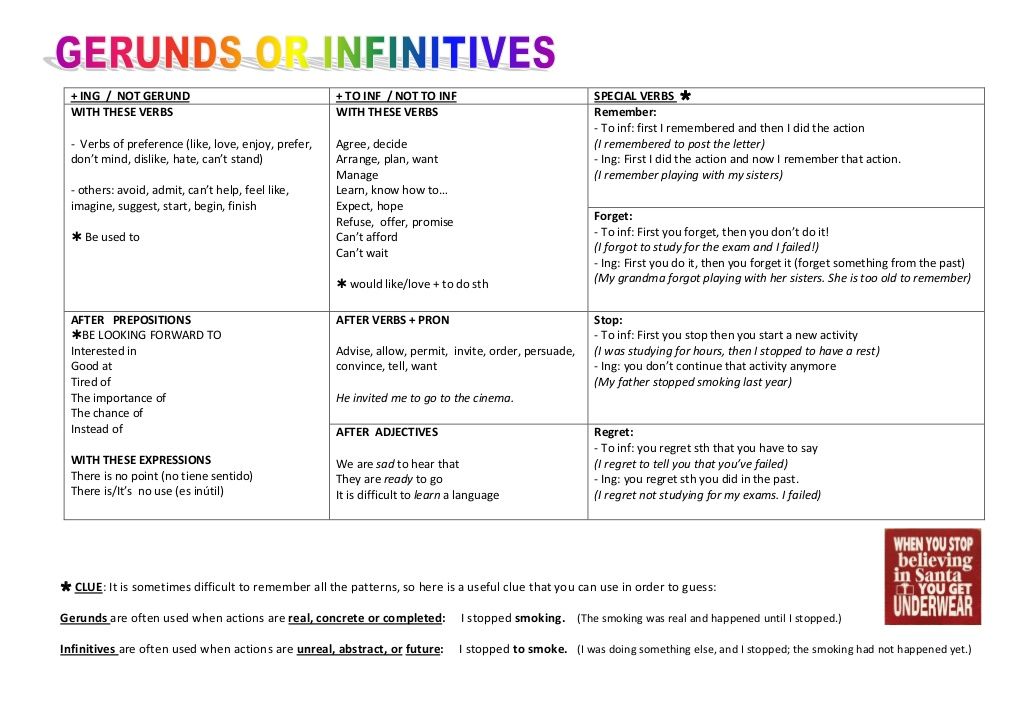
If you're feeling sluggish in the early afternoon, ask yourself these questions:
Your answers may point to the problem. A cup of coffee on the run for breakfast and a candy bar from the vending machine for lunch may give you the quick jolt of sugar and caffeine you need to get started, but not the long-term fuel you need to keep going, Sandon says. "They will only help for a very short time, and it's not enough to keep the body and brain functioning at their peak."
If you want to beat the midafternoon slump, start first thing in the morning with a good-quality breakfast. (We lecture our kids about it, but how often do we take our own advice?) Most women should be eating about 300 to 400 calories for breakfast, and most men, about 500, says Sandon. Instead of coffee and half a Danish, try these options:
Instead of coffee and half a Danish, try these options:
"You need carbs to get your day going," says Sandon. "The brain and muscles function best with carbohydrates to fuel them. And we know from other research that adding some protein to the carbs seems to boost concentration levels as well. You feel better, mentally and physically, when you've had a meal that combines carbs and protein."
Sufficiently fueled by breakfast, you might feel like it's OK to skip lunch or "just grab a salad" because you don't have time or are trying to lose weight. "That's a huge mistake people make at lunch -- just having a salad with lettuce and a few vegetables," says Sandon. "They don't have protein with the salad, and then again they find themselves crashing in the midafternoon.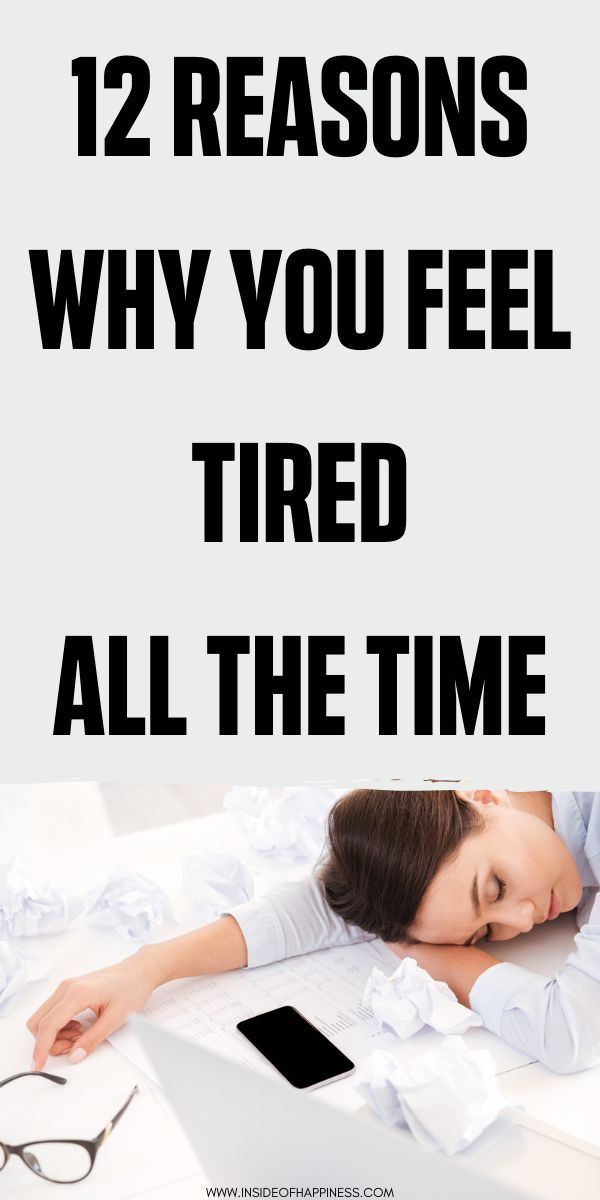 "
"
So if you're cruising through the salad bar at lunchtime, top the greens with some diced egg, beans or chickpeas, turkey breast, or cubed chicken to give yourself that protein fix. Or smear some peanut butter on your celery sticks.
And avoid lunches that are heavy in fat; they take longer to digest and sit in your stomach, feeling heavy longer. "That gives you a sense of low energy," Sandon says. "The calories may be there to provide fuel, but the feeling of fullness leads you to feel sluggish."
But what if it's too late to prevent the energy slump? You chugged down a latte for breakfast, ate a skimpy salad for lunch, and now you're drooping over your afternoon reports. What can you do for a quick energy boost? Resist the temptation to hit the vending machines for a Diet Coke and a Snickers. Instead, try Sandon's three-part solution:
 In addition, taking your mind off what you've been focused on and getting a quick change of scenery (yes, even if it's a stairwell instead of a computer screen) can help to re-energize you. If you don't have a staircase handy, try doing some squats and lunges in your office, or keep a jump rope on the back of your door. "You want anything that gets you breathing a little quicker and moving the muscles," Sandon says.
In addition, taking your mind off what you've been focused on and getting a quick change of scenery (yes, even if it's a stairwell instead of a computer screen) can help to re-energize you. If you don't have a staircase handy, try doing some squats and lunges in your office, or keep a jump rope on the back of your door. "You want anything that gets you breathing a little quicker and moving the muscles," Sandon says.
Another option: shed some light on the subject. A study published in 2006 found that brief (about 20 minutes) exposure to a bright white light increased alertness and boosted the brain's responses." Melatonin can't be produced in the presence of bright light," Breus tells WebMD. "If you know you usually feel sleepy around 2:30 or 3 p.m., go out for a walk around 2:15."
What about closing your door and taking a nap? It's tempting. "Catnaps are great -- unless you have insomnia. There's evidence now showing that the last time you were asleep affects how long it takes you to fall asleep at night," says Breus. But if you aren't struggling to sleep at night, a quick catnap can help with that energy crash midafternoon. Just don't sleep too long! The length of the nap will determine how good you feel. About 20 minutes works quite well, but much longer than that and you will wake up feeling terrible."
Most of us have been there: a super productive morning finishing projects, working toward inbox zero, and fighting the urge to tweet at co-workers. (Just us?) Then the clock strikes 2:00 and you might as well pull down the shades, throw on pajamas, and hop into bed.
(Just us?) Then the clock strikes 2:00 and you might as well pull down the shades, throw on pajamas, and hop into bed.
It’s completely normal to feel super tired once the afternoon rolls around. Circadian rhythms, which affect your sleep patterns, may be to blame for the midday slump.
In fact, your “sleep signals” peak at night and during the afternoon (right around 2 p.m.), which may explain why you want to grab an afternoon catnap.
Other factors, like what you eat, your hydration level, and how much time you spend staring at a screen, can also affect your energy level.
Think it’s time to curl up in your cubicle? Here are some ways to fight that fatigue as soon as it strikes.
A midday trip to the gym may not only wake you up but also boost productivity. According to a 2011 study, getting in a workout during the workday could improve your productivity once you’re back at your desk.von Thiele Schwarz U, et al. (2011). Employee self-rated productivity and objective organizational production levels: Effects of worksite health interventions involving reduced work hours and physical exercise. DOI: 10.1097/JOM.0b013e31822589c2
DOI: 10.1097/JOM.0b013e31822589c2
Do some light aerobic exercise or strength training before getting back to your work pile. Don’t have time to hit the gym? Try these deskercises to work out at work.
Feelin’ stiff? Stretching sends a surge of blood and nutrients through your body, providing a quick energy boost. If there’s no stretching station in sight, try these desk stretches to keep your muscles loose.
Changing your environment can help boost your energy. Try to sit near a window or under a bright white light, which will alert your brain that it’s time to wake up.Lok R, et al. (2018). Light, alertness, and alerting effects of white light: A literature overview. DOI: 10.1177/0748730418796443
Or take a break and get outside — a 2010 study found that spending just 20 minutes in nature could boost people’s feelings of vitality.Ryan RM, et al. (2010). Vitalizing effects of being outdoors and in nature. DOI: 10.1016/j.jenvp.2009.10.009
DOI: 10.1016/j.jenvp.2009.10.009
Take that meeting to the streets and discuss what you would in the office outdoors. Here at Greatist, we love doing laps around the neighborhood for some fresh air!
If you spend most of the workday on your rear, please stand up. Staying on your feet helps you focus, and it might even prolong your life. Get a standing desk and work away!Vallance JK, et al. (2018). Evaluating the evidence on sitting, smoking, and health: Is sitting really the new smoking? DOI: 10.2105/AJPH.2018.304649
Whether breakfast is the most important meal of the day is debatable, but skipping it or making the wrong food choices in the a.m. could leave you fuzzy.Spence C. (2017). Breakfast: The most important meal of the day? DOI: 10.1016/j.ijgfs.2017.01.003
Energy-boosting breakfasts include healthy protein sources like eggs and Greek yogurt, plus slow-burning carbs from whole grain cereals and breads.
Tight on time? Try these on-the-go breakfast ideas.
Supersizing that sandwich may be the reason for your midday fatigue. Try switching to a smaller (but still satisfying) lunch and include some of these energy-boosting foods.
A little sugar may go a long way — but in the wrong direction. Consuming sweets can provide a quick boost, but it only leads to a sugar crash that leaves you even less alert.Mantantzis K, et al. (2019). Sugar rush or sugar crash? A meta-analysis of carbohydrate effects on mood. DOI: 10.1016/j.neubiorev.2019.03.016
Not mealtime yet? Have a snack to help boost your energy. Try an ounce of cheese, a handful of nuts, or another high-protein snack to stay alert.
To avoid dehydration and its sleepy side effects, just keep sipping. The Institute of Medicine recommends that women drink about 9 cups and men drink about 13 cups of water per day.
Packed with active compounds called phytochemicals, a mug of green tea can perk you up in the afternoon without making it tough to fall asleep that night. Plus, its nutritional benefits are enough to make anyone wide-eyed.Dietz C, et al. (2017). Effect of green tea phytochemicals on mood and cognition. DOI: 10.2174/1381612823666170105151800
Upping your afternoon power stores may be as simple as chewing gum (seriously). According to a 2015 study, gum chewing boosts energy and enhances work performance.Allen AP, et al. (2015). Chewing gum: Cognitive performance, mood, well-being, and associated physiology. DOI: 10.1155/2015/654806 Stick to the sugar-free kind to avoid tooth decay.
Fatigue could be the result of a big ol’ hangover. Avoid drinking alcohol during the workweek or keep consumption to a moderate level — that’s one (for women) or two drinks (for men) per day, according to the CDC.
This may be a no-brainer, but getting enough sleep is vital to staying energized throughout the day. Can’t sleep? Here are some solutions to help you drift into dreamland.
Sometimes the best remedy for fatigue is simply to shut your eyes. Learn how to power nap (20 to 30 minutes of snooze time) to get that midday boost you really need.
Tired? Give your body and mind a break by taking five to do something besides work! Use these tips to relax in 5 quick minutes before getting back to the grind.
To avoid eyestrain (which can make your eyes feel tired), keep a safe distance from your computer screen — about an arm’s length. Follow the American Optometric Association’s 20/20/20 rule: Every 20 minutes, take a 20-second break and shift your eyes to something at least 20 feet away.
Need a quick burst of energy? Splash some cold water on your face or stick your head in the freezer for a few seconds. The chill will wake you up for sure.
The chill will wake you up for sure.
Instead of emailing a co-worker down the hall, take a trip to their cubicle and talk in person. Make it a brisk walk to get exercise, stretch your legs, and give your eyes a break from staring at the screen.
Working on the same project for 5 hours? Switch gears to stay stimulated and keep things fresh. Just don’t try to do more than one thing at a time — multitasking may make you about 40 percent less productive.Powell SK. (2016). Mindfulness, multitasking, and you. DOI: 10.1097/NCM.0000000000000141
Feeling like you’re about to doze off? Listening to uplifting music can boost alertness, attention, and memory.Riby LM. (2013). The joys of spring: Changes in mental alertness and brain function. DOI: 10.1027/1618-3169/a000166 Pro tip: Music without lyrics is best for focusing.Shih YN, et al. (2016). Elucidating the relationship between work attention performance and emotions arising from listening to music. DOI: 10.3233/WOR-162408
DOI: 10.3233/WOR-162408
It seems like somewhere between 1 and 3 p.m. our brains go on vacation, leaving the rest of our bodies exhausted and rereading sentences five times without making any progress. If this sounds like you, it’s time to mix it up at work.
Eat high-protein foods and small meals without added sugar. Drink green tea to keep the energy flowing and avoid those pesky coffee jitters. Get outside to stretch your legs, and follow the 20-20-20 rule to give your eyes a break. Don’t forget to turn on some music without lyrics and chew some gum. You should feel perked up in no time.
Finally, maintain solid habits during the workweek to stay on your game, like getting enough sleep at night and easing up on booze during happy hour. A few simple adjustments could help you prevent the midday slump.
Content
Feeling tired from time to time is completely normal.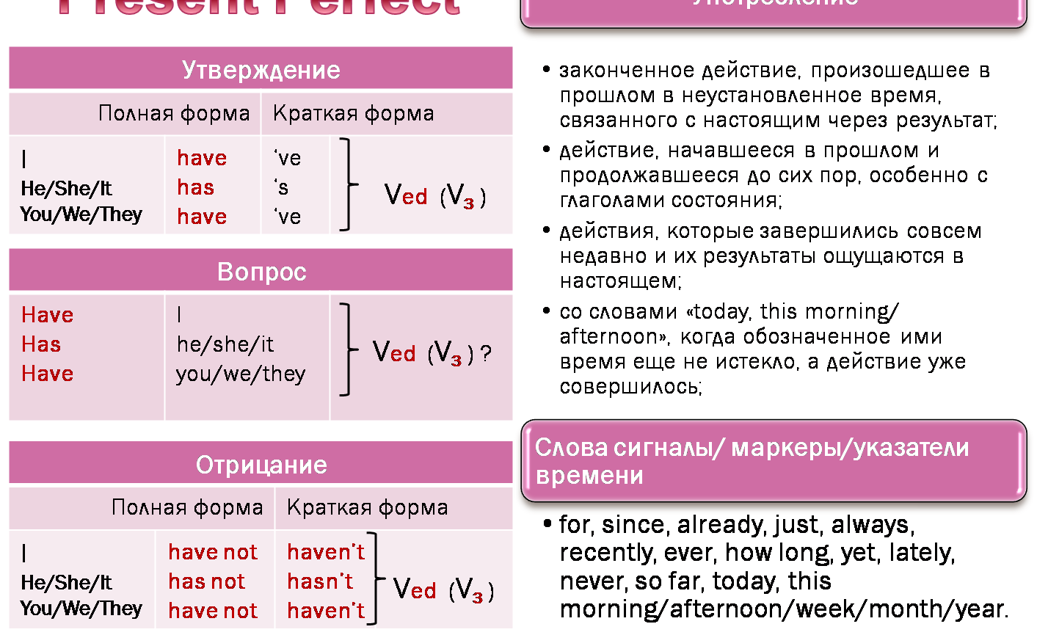 Everyone has felt it at some point. However, if this condition persists, you may have chronic fatigue syndrome.
Everyone has felt it at some point. However, if this condition persists, you may have chronic fatigue syndrome.
Headache, nausea, loss of appetite and extreme fatigue before menstruation can also signal problems in the body.
Let's try to figure out what causes fatigue before or during menstruation and how you can get your energy back.
September 22, 2015 Productivity
It's hard to stay energized and focused for eight hours at work - there is often a decline in productivity in the afternoon.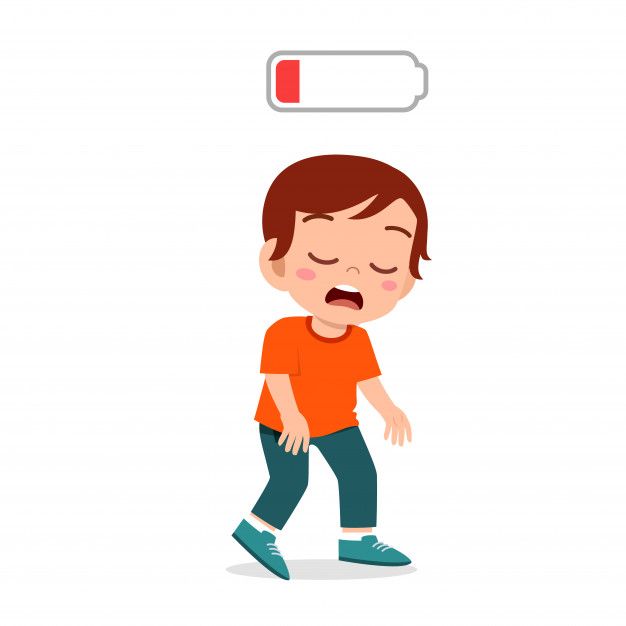 We'll show you where to get your much-needed energy for work, how to make the most of your moments of maximum focus, and how to get through your day's productivity dips.
We'll show you where to get your much-needed energy for work, how to make the most of your moments of maximum focus, and how to get through your day's productivity dips.
Iya Zorina
Author of Lifehacker, athlete, CCM
“It's just unrealistic to expect to be at work all day long,” says Carson Tate, author of a book on productivity. “Just as you wouldn’t expect to be able to walk at a fast pace for eight hours straight, don’t expect yourself to be completely focused and strategically thinking for such a long time.”
Even worse, some of us still don't get enough sleep: we come to work with less than six hours of sleep a night. This is clearly not enough for high productivity during the day, and the consequences of lack of sleep can greatly harm the work.
Here are some tips to help you feel more energetic during your work day.
“There are several optimal times for creative tasks and work that requires concentration,” says Christopher Barnes, assistant professor of management at the University of Washington Business School.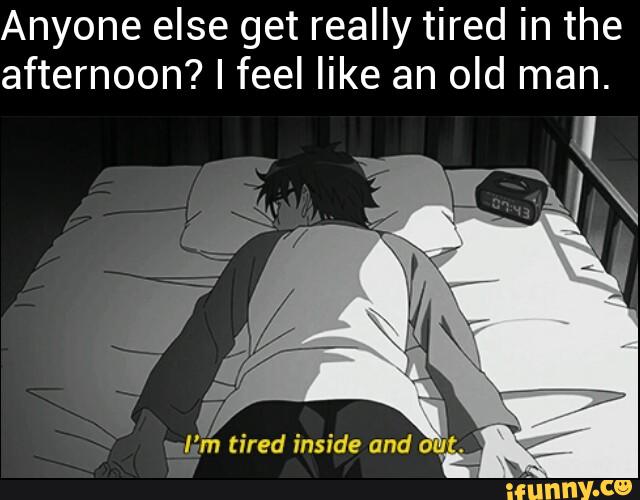 “Most people think better in the middle of the morning and late in the evening.”
“Most people think better in the middle of the morning and late in the evening.”
You must adjust your circadian rhythms and work schedule, make a list of tasks depending on the ups and downs of activity during the day.
Tate advises doing "any job that requires attention to detail," such as writing, making big decisions, or programming, during peak hours. And during a decline in energy, you can take on tasks that do not require special concentration: checking mail, filling out expense reports, making phone calls. In other words, perform tasks that can be done automatically.
Any kind of physical activity temporarily increases alertness and energy levels.
Move for just 10 minutes and your energy and ability to concentrate will increase significantly.
Carson Tate
You can walk around the office building, go up and down the stairs a few times, jump or push up a few times, stretch right at your desk. The main thing here is the movement, which helps to fill the body with oxygen and relieve fatigue, both physical and mental.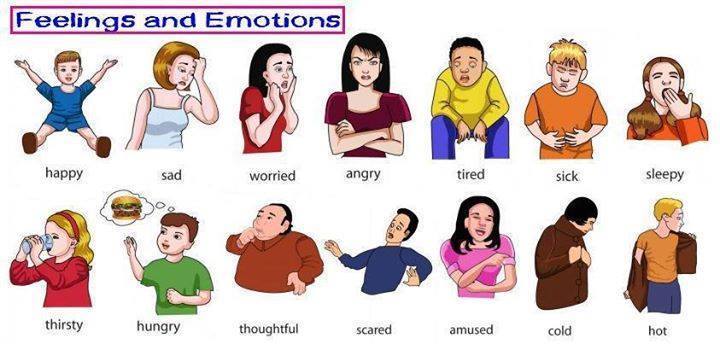
If you have a meeting scheduled, you can do it on the go, taking your employees or partners for a walk. And think about how you can build physical activity into your weekly schedule. "If you move regularly," says Burns, "your normal energy level goes up."
Steve Jobs did this for many years. Ray Dalio, head of the world's largest hedge fund, Bridgewater Associates, said it makes him feel like a ninja in combat. What is their secret weapon? Meditation.
Concentration exercises are a great way to recharge your energy throughout the day. Research shows that even a few minutes of meditation a day can reduce stress levels and increase a tired brain's ability to concentrate. This is a period of rest during which people stop worrying, which in turn saves a lot of energy.
It is also important to watch your breathing during meditation. Five to seven deep belly breaths will provide enough oxygen to keep you alert and energized.
Drinking coffee often seems to help with afternoon sleepiness. "Coffee doesn't really give you energy," Burns says. “Caffeine just masks lethargy and low concentration by blocking the chemical reactions in the body that make you feel tired.”
"Coffee doesn't really give you energy," Burns says. “Caffeine just masks lethargy and low concentration by blocking the chemical reactions in the body that make you feel tired.”
Although it works for a while, caffeine, like other drugs, soon wears off. You get less and less effect, and you need more and more coffee just to work normally.
So don't get hooked on coffee, use it rarely, only when you really need extra energy, for example at an important meeting once a month, if you hardly slept the night before. Coffee at three in the afternoon should not become a habit.
Music is a great way to both cheer up and calm down. Just as you use music to keep you energized during your workout, you can energize yourself with your favorite track at work.
Which music is best suited for this depends on your tastes. Someone prefers fast rhythms to maintain energy, someone prefers calm compositions that help clear the mind and concentrate.
If lyrics distract you, try listening to instrumentals in different styles. Sooner or later you will find your ideal "working" tracks.
If you sit at your computer, tablet or smartphone at night, you will have less energy the next day. Blue light from the screens of gadgets and computers reduces the production of melatonin, a substance that provides the body with healthy sleep.
"It's very important to avoid using your smartphone or tablet two hours before bed," Burns says. “The worst thing you can do is use your smartphone while lying in bed.”
If you need to do something important at night - check your mail or read something, use apps like Twilight for smartphones, and f.lux for computers, so that at night the display begins to emit red light instead of blue. Or buy orange Uvex glasses or similar models from other brands that block blue light from the screens.
This is a simple rule that can't be helped. To feel energetic and cheerful during the day, you need to sleep well at night.
To feel energetic and cheerful during the day, you need to sleep well at night.
“If you want to be good at something, go to bed,” says Tate.
“Sleep is the number one predictor of success,” agrees Burns. “People think that five or six hours of sleep is enough for them and everything will be fine. But even a small lack of sleep will have a noticeable negative effect.”
A study conducted in 2009 found that people who sleep five hours a night for four days, significantly inhibited cognitive function. When performing the simplest tasks, they showed the level of efficiency characteristic of drunk people with an alcohol level of 0.6 ppm (for men of average weight, this is two bottles of beer).
If you regularly get eight hours of sleep a night, energy drops will be less severe and easier to control.
Let's summarize the main principles.
What to do:
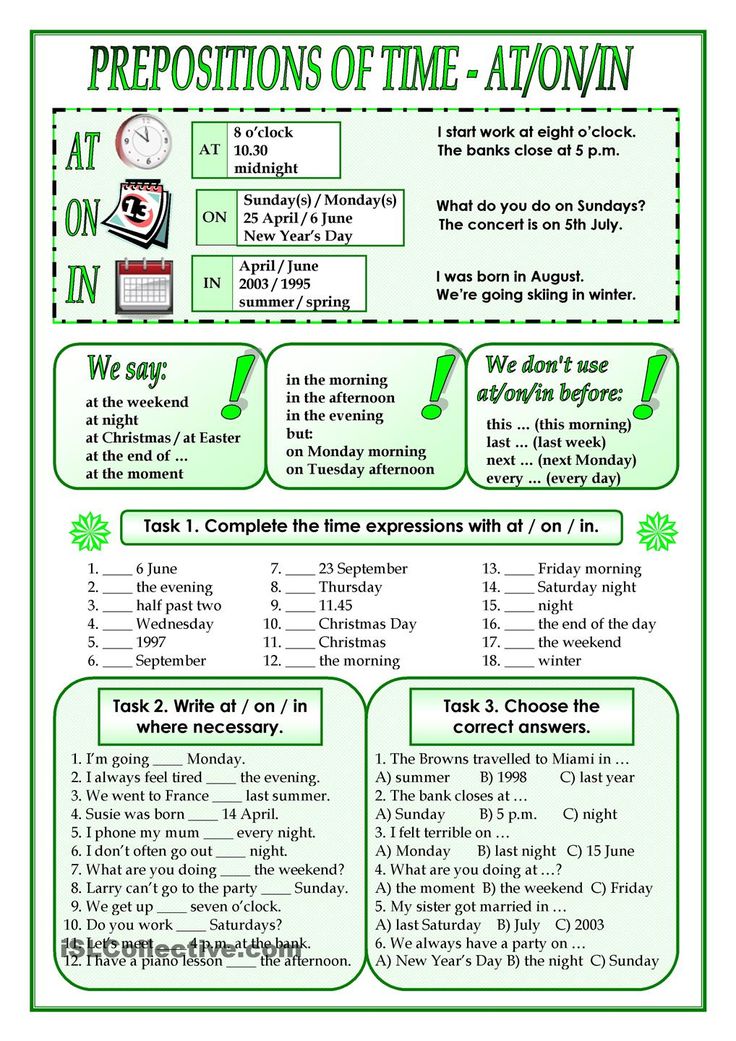
Do's and Don'ts:
And now for some real examples of how the above methods helped to cope with fatigue during the day and get more done.
Dan Scalco often struggled with afternoon fatigue. As the CEO of Digitalux, a digital marketing company based in Hoboken, NJ, Dan worked 12-hour shifts, managing customer situations and managing his team.
He tried taking supplements and multivitamins, going to the gym, even trying occasional short naps in the office to regain his energy.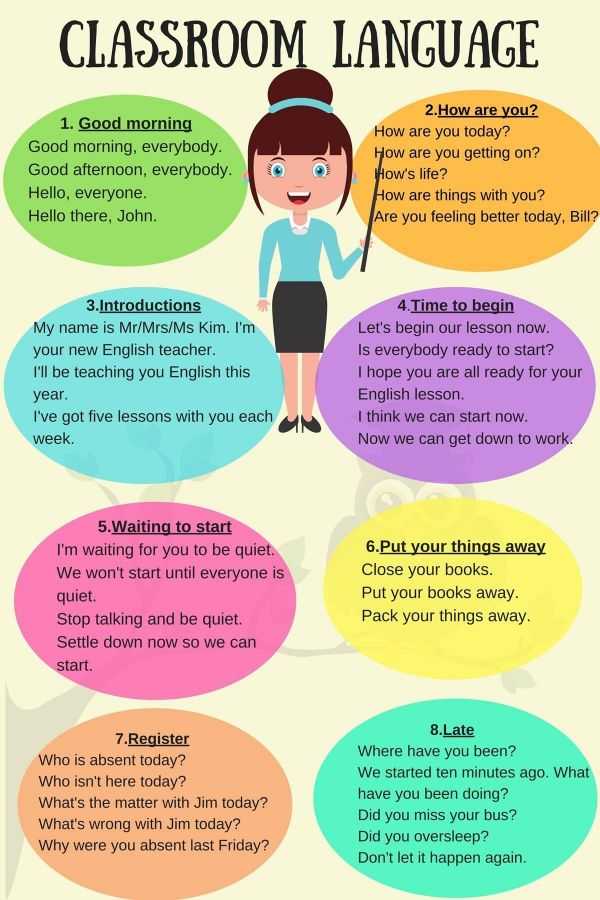 But nothing helped him cope with the afternoon fatigue.
But nothing helped him cope with the afternoon fatigue.
Then he became interested in what strategies helped successful businessmen, and found that many of them use meditation practices.
At first he was skeptical, because he always saw meditation as a frivolous activity that only hippies are interested in. But the more he read about its benefits, the more he wanted to try it.
The effect of meditation followed immediately. Dan felt more energized, his stress levels decreased, and his focus increased while interacting with clients and the team.
Now he tries to meditate for at least 15-20 minutes, usually between 2:30 pm and 3:00 pm. He sits on an office chair, puts his hands on his knees, closes his eyes and repeats a mantra to himself.
“It's like taking a 20-minute vacation every day,” he says. “Afterward, I feel like my brain has been recharged. I can honestly say that meditating at least once a day has changed my life. She gave me inexhaustible reserves of energy and greatly increased my productivity.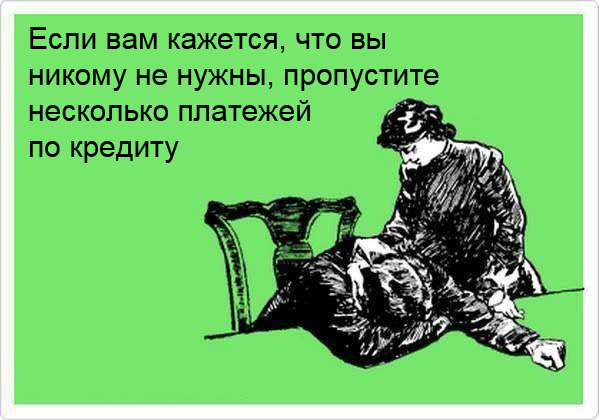
Ryan Hulland was terribly tired. Vice president and co-owner of Monitoring Management (MonMan), an electrical and HVAC supplier, he spent long weeks at work trying to expand the business. And in the evenings, he helped put his three-year-old child to bed, after which he again returned to the computer to finish the work.
He started drinking more coffee and energy drinks, but found that they did not provide a consistent effect over time.
Ryan tried to go for a walk regularly, usually after lunch. He realized that physical activity helps him to be more alert and encourages creative ideas. But when he returned from a walk refreshed and full of energy, he often had to solve routine tasks from his to-do list, which instantly negated the positive effect of the walk.
Then he started writing his to-do list on the office whiteboard and dividing it into three columns. The first column, "Fun," included activities that required creativity, such as writing articles for the company's blog. The second column, "Stuff," included more routine tasks that didn't require concentration or much mental activity, such as filling out paperwork. And the third column - "Urgent" - included things that needed to be done, no matter how he felt.
The second column, "Stuff," included more routine tasks that didn't require concentration or much mental activity, such as filling out paperwork. And the third column - "Urgent" - included things that needed to be done, no matter how he felt.
I tried to relate the things on my list to how I feel at a particular time. When I have a lot of energy, I like to do interesting creative tasks, and when fatigue sets in, I do boring, routine things.
Ryan Halland
Ryan says that with his new to-do list format, he gets better results and gets more done when his energy is high. And instead of mindlessly surfing the Internet during periods of fatigue, he performs routine tasks from his "Stuff" column.
“It rarely happens during the day that I don't have anything to do,” he says. At the same time, Ryan works the same hours as before his experiment with speakers, but spends this time 20-30% more efficiently. And when he comes home at night, he feels less tired than before.